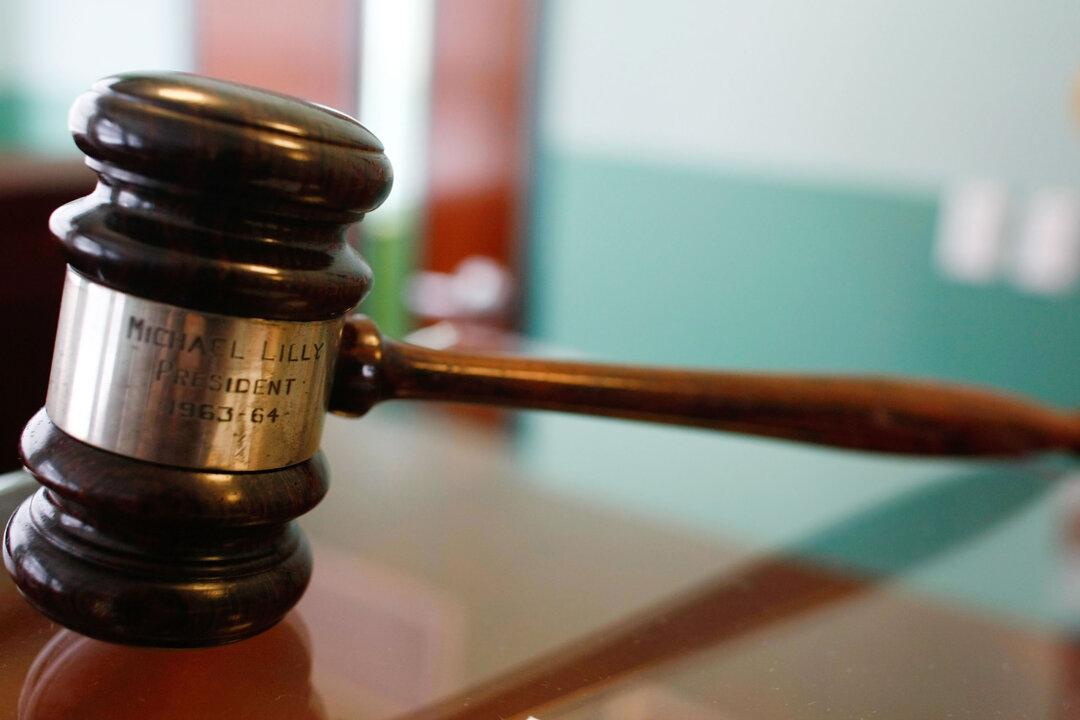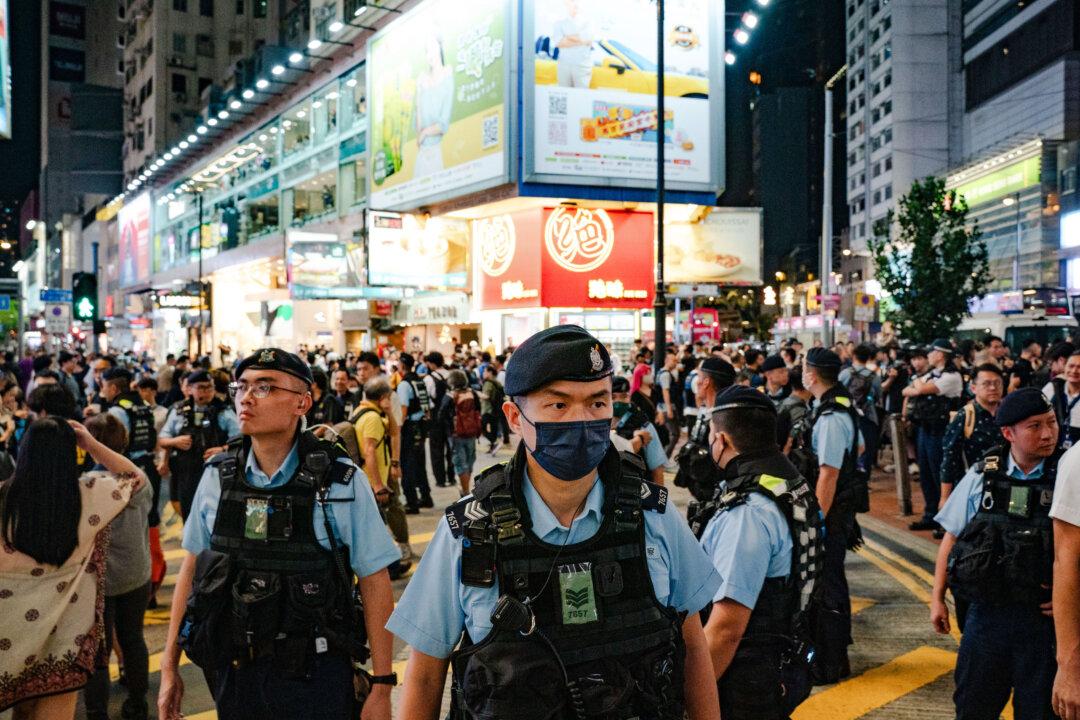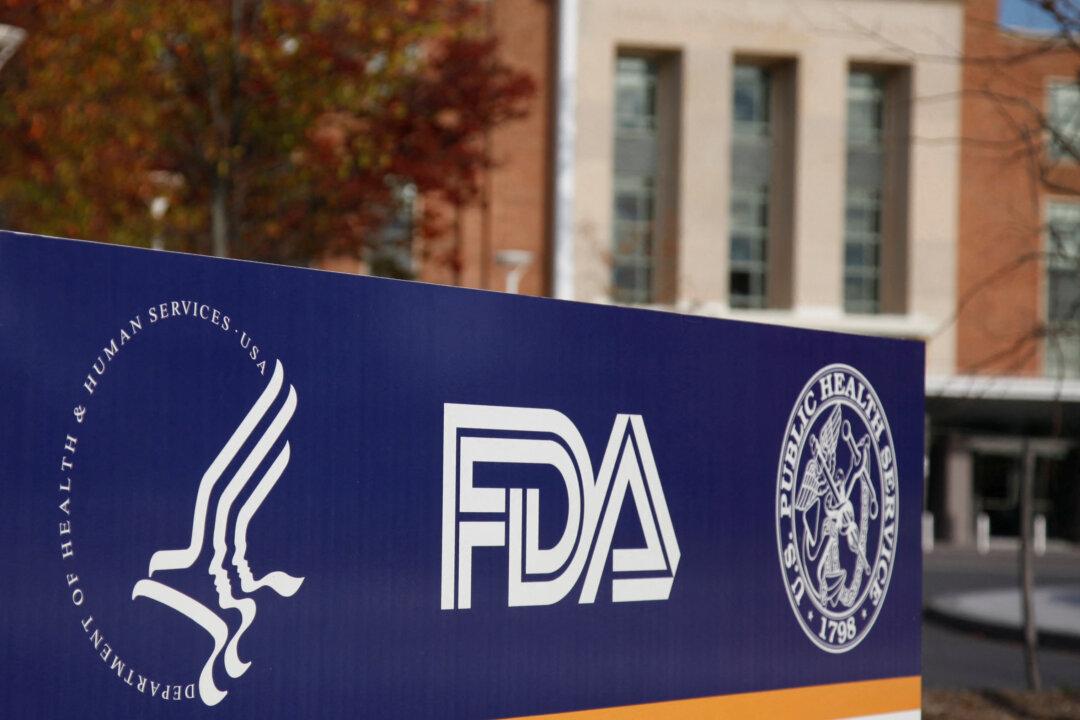The Port of Baltimore’s main shipping channel fully reopened this week, more than two months after a cargo ship crashed into the Francis Scott Key Bridge.
The reopening on June 10 means full-capacity cargo traffic can resume through the waterway, which has been restored to its original dimensions of 700 feet wide and 50 feet deep.
The shipping waterway had been restricted since March 26, when the M/V Dali, a massive cargo ship, struck a crucial central support pylon of the Francis Scott Key Bridge, knocking it into the Patapsco River. The wreckage of the fallen pylon blocked the channel.
Since then, the U.S. Army Corps of Engineers (USACE) and the U.S. Navy Supervisor of Salvage and Diving have been working to remove an estimated 50,000 tons of steel and concrete from the riverbed and restore the channel. The Unified Command response team set up operations at a cruise ship terminal in the port in the weeks following the disaster.
“We’ve cleared the Fort McHenry Federal Channel for safe transit,” Col. Estee Pinchasin, commander of the U.S. Army Corps of Engineers, Baltimore district, said in a statement on June 10. “USACE will maintain this critical waterway as we have for the last 107 years.”
The tragic event killed six construction workers and blocked most maritime traffic.
“Although the overarching goal to restore full operational capacity to the Federal Channel was successful, each day we thought of those who lost their lives, their families, and the workers impacted by this tragic event,” Col. Pinchasin said.
“Not a day went by that we didn’t think about all of them, and that kept us going.”
Help poured in from around the world to restore the harbor in Baltimore. At its peak, the Unified Command, which led the efforts, coordinated between six agencies and 1,587 responders. Specialists from around the globe worked with an impressive fleet of equipment, including 18 barges, 22 tugboats, and 13 floating cranes.
Lt. Gen. Scott Spellmon, the commanding general of USACE, expressed pride in the unified efforts and attributed the achievement to these partnerships.
The Unified Command cleared the riverbed as safe for transit on June 10, after surveying the channel once it was cleared of debris from the fallen bridge. They noted that more surveillance will be carried out.
The Port of Baltimore, a key hub for the nation’s car and farm equipment shipments, faced significant disruption as it was mostly shut for weeks while crews cleared the wreckage. However, the port has started to reopen in stages, allowing some commercial traffic to trickle back in.
After being pinned down at its bow by bridge wreckage for two months, the cargo ship Dali was refloated on May 20 and guided back to port once crews freed it. With the Dali moved, crews opened a channel 50 feet deep and 400 feet wide.
Thousands of longshoremen, truckers, and small business owners felt the impact of the port’s closure, prompting a push from local and state officials to expedite its reopening. Their goal was to restore normal operations and mitigate the economic fallout.

The announcement brings hope that commerce dependent on that busy port can begin to ramp up again.
The incident began when the Dali lost power shortly after leaving Baltimore for Sri Lanka on March 26. A National Transportation Safety Board investigation revealed that the ship had power outages before its departure, but the root cause of these electrical issues remains unclear.
The FBI is conducting a criminal investigation into the circumstances surrounding the collapse.
Officials have set a target to rebuild the bridge by 2028.







